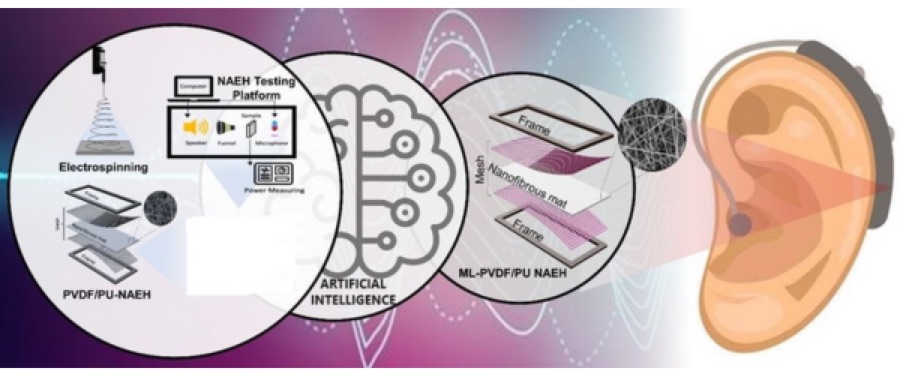The hunt for smart ways to power personal devices is nonstop. In Los Angeles, scientists have big plans for a novel source of energy: ambient noise. Imagine your clothes generating electricity from the noise around you to power your hearing aids.
Why it matters
Harvesting energy from sound could lead to self-powered hearing aids and other wearable devices. It could be life-changing for people who rely on hearing aids, making them more convenient and accessible.

The challenge
Harvesting sound energy has proven trickier than solar and wind energy. The same goes for piezoelectric nanogenerators that convert vibrations into electricity. They are inefficient, especially at low frequencies, which is the majority of ambient sound.
- Enter artificial intelligence: A team at the Terasaki Institute for Biomedical Innovation (TIBI) has used artificial intelligence to create nanofibers that can harvest acoustic energy with incredible efficiency.
- The final product is a flexible, layered material that produced 2.5 times more power and a 66% energy conversion efficiency, far superior to the 42% achieved previously.
“Models using artificial intelligence optimization, such as the one described here, minimize time spent on trial and error and maximize the effectiveness of the finished product. This can have far-reaching effects on the fabrication of medical devices with significant practicability.” —Ali Khademhosseini, Ph.D.,, TIBI’s director and CEO.
The takeaway
Generating electricity from low-frequency, ambient noise opens doors for self-powered hearing aids and other practical medical devices.

